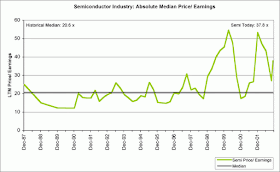Today the Social Security Administration announced the cost-of-living adjustment (COLA) for 2013. Here are the details from the Press Release:
Social Security Announces 1.7 Percent Benefit Increase for 2013
Monthly Social Security and Supplemental Security Income (SSI) benefits for nearly 62 million Americans will increase 1.7 percent in 2013, the Social Security Administration announced today.
The 1.7 percent cost-of-living adjustment (COLA) will begin with benefits that more than 56 million Social Security beneficiaries receive in January 2013. Increased payments to more than 8 million SSI beneficiaries will begin on December 31, 2012.
Some other changes that take effect in January of each year are based on the increase in average wages. Based on that increase, the maximum amount of earnings subject to the Social Security tax (taxable maximum) will increase to $113,700 from $110,100. Of the estimated 163 million workers who will pay Social Security taxes in 2013, nearly 10 million will pay higher taxes as a result of the increase in the taxable maximum.
Information about Medicare changes for 2013, when announced, will be available at www.Medicare.gov. For some beneficiaries, their Social Security increase may be partially or completely offset by increases in Medicare premiums.
The Social Security Act provides for how the COLA is calculated. To read more, please visit www.socialsecurity.gov/cola.
How is a COLA calculated?
The Social Security Act specifies a formula for determining each COLA. According to the formula, COLAs
are based on increases in the Consumer Price Index for Urban Wage Earners and Clerical
Workers (CPI-W). CPI-Ws are calculated on a monthly basis by the Bureau of Labor
Statistics.
COLA Computation
The last year in which a COLA became effective was 2011. Therefore the law requires
that we use the average CPI-W for the third quarter of 2011 as the base from which
we measure the increase (if any) in the average CPI-W. The base average is
223.233, as shown in the table below.
Also shown in the table below, the average CPI-W for the third quarter of 2012 is
226.936. Because this average exceeds 223.233 by 1.7 percent,
the COLA effective for December 2012 is 1.7 percent. The COLA calculation, with the result rounded to the nearest
one-tenth of one percent, is:
(226.936 - 223.233)
/ 223.233 x 100 = 1.7 percent.
| |
CPI-W for— |
| 2011 |
2012 |
| July |
222.686 |
225.568 |
| August |
223.326 |
227.056 |
| September |
223.688 |
228.184 |
| Third quarter total |
669.700 |
680.808 |
| Average (rounded to the nearest 0.001) |
223.233 |
226.936 |








